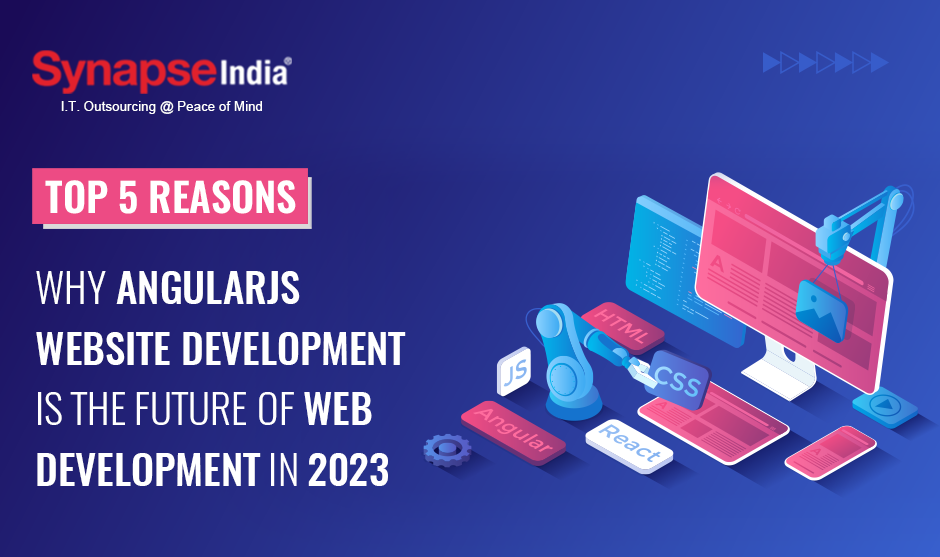 12 May 2025
12 May 2025.jpg)
In 2025, Python continues to dominate programming, securing the top spot on the TIOBE Index with a 23.08% rating. The 2024 Stack Overflow Developer Survey reveals that 51% of developers use Python, underscoring its popularity.
Python frameworks for mobile apps enable efficient cross-platform development, making them ideal for startups and enterprises alike.
This blog explores the top 10 Python frameworks for 2025, complete with use cases to guide your choice. For professional development, explore ours Python App Development Services

Python simplifies complex tasks while offering robust tools for developers. It's clear syntax, vast community, and rich ecosystem make it ideal for mobile app development. Python mobile development tools support rapid prototyping and cross-platform compatibility, saving time and resources.
Engaging user interfaces are vital for mobile apps. These five Python frameworks excel in creating cross-platform UIs, enhancing user experience.
Kivy is an open-source framework for multitouch applications, supporting Android, iOS, and more. It allows a single codebase for multiple platforms, streamlining development. Kivy’s OpenGL ES 2 rendering ensures smooth UIs on mobile devices.
BeeWare builds native mobile and desktop apps with platform-specific UIs. Its tools, like Toga and Briefcase, ensure authentic user experiences. BeeWare is ideal for apps requiring native performance.
Flet uses Flutter to build web, desktop, and mobile PWAs with Python. It simplifies UI development with ready-to-use controls, requiring no front-end expertise. Flet is gaining popularity for its ease of use.
PyQt offers Python bindings for Qt, enabling sophisticated GUI apps, including mobile extensions. Its extensive widget library supports complex interfaces. PyQt is a mature choice for professional apps.
PySide, or Qt for Python, mirrors PyQt’s capabilities with open-source licensing. It supports mobile development through Qt’s extensions. PySide is backed by the official Qt community.
Robust backends are essential for mobile apps’ data and API needs. These five frameworks are the best backend frameworks for Python apps, offering scalability and efficiency.
Django is a high-level framework for secure, scalable backend APIs. Its MVC architecture and built-in ORM accelerate development. Django is a cornerstone for enterprise-grade apps.
Flask is a micro-framework for lightweight APIs, perfect for small projects. Its minimalistic design allows developers to add only needed components. Flask is popular for prototyping.
FastAPI builds high-performance APIs with asynchronous Python capabilities. Its automatic documentation and type hints enhance development speed. FastAPI is ideal for real-time mobile backends.
Pyramid offers flexibility for projects of varying complexity. Its lightweight core supports custom backend requirements. Pyramid scales seamlessly from prototypes to large apps.
Bottle is a single-file micro-framework for fast prototyping. Its simplicity makes it ideal for small-scale APIs. Bottle requires minimal setup for quick development.
| S.No. | Framework | Type | Mobile Support | Best Use Case |
|---|---|---|---|---|
| 1 | Kivy | UI | Direct (Android, iOS) | Games, interactive apps |
| 2 | BeeWare | UI | Direct (Native) | Native enterprise apps |
| 3 | Flet | UI | PWA | Dashboards, prototypes |
| 4 | PyQt | UI | Via Qt extensions | Multimedia apps |
| 5 | PySide | UI | Via Qt extensions | Open-source mobile apps |
| 6 | Django | Backend | Indirect (API) | Scalable enterprise apps |
| 7 | Flask | Backend | Indirect (API) | Small business APIs |
| 8 | FastAPI | Backend | Indirect (API) | Real-time, data-intensive apps |
| 9 | Pyramid | Backend | Indirect (API) | Custom APIs |
| 10 | Bottle | Backend | Indirect (API) | Prototypes, educational projects |
SynapseIndia delivers top tier Python app development services. Our team uses frameworks like Django, Flask, Kivy, and FastAPI to build scalable, efficient apps. We ensure clean code, rigorous testing, and clear communication for seamless performance across devices.
You’ll work with a team that understands how to turn your ideas into usable features without overcomplicating the process.
From UI design to backend setup, we make sure your app runs smoothly across devices. If you want a partner who gets both the technical side and the business side, SynapseIndia is a smart choice.
Need a Python app that works smoothly on every device? Contact SynapseIndia to launch your next mobile app with confidence.

In 2025, Python’s dominance in mobile app development is undeniable, with 51% of developers using it, per the 2024 Stack Overflow Developer Survey. Python frameworks for mobile apps, from Kivy to FastAPI, offer versatility and efficiency.
Each framework caters to specific needs, from rapid prototyping to scalable enterprise solutions, making Python a versatile choice for developers.
For expert development, partner with SynapseIndia to create apps that excel.
If you are a beginner exploring how to build an app using Python, then this blog “How to Create a Python Application from Scratch?” is a must read.
Yes, Python excels in mobile app development. Frameworks like Kivy and BeeWare offer cross-platform support with native capabilities. Its simplicity accelerates development, per Vinsys.
Django and FastAPI are leading choices. Django offers scalability for enterprise apps, while FastAPI excels in high-performance, real-time APIs. Choose based on project needs.
Absolutely. Python frameworks provide pre-built tools, enabling faster prototyping and deployment. This efficiency is crucial in the competitive mobile app market.
Yes, frameworks like Kivy and Flask reduce development costs. Their open-source nature and single-codebase capabilities save resources.

 17 Jul 2023
17 Jul 2023
